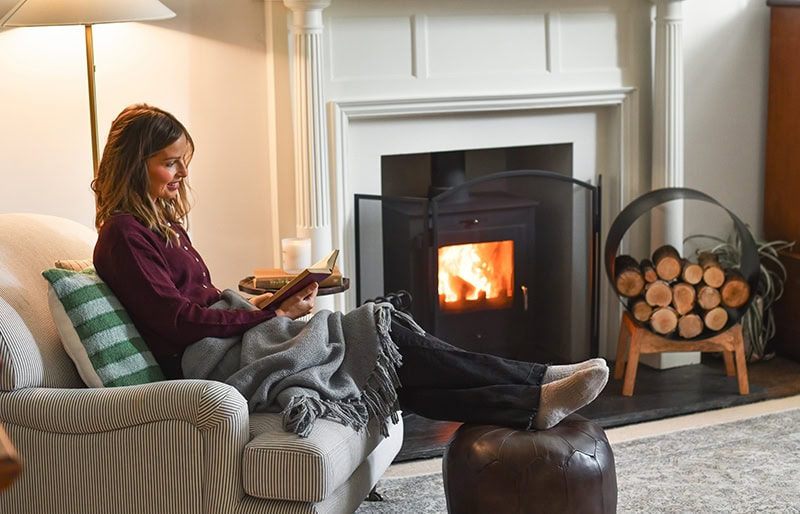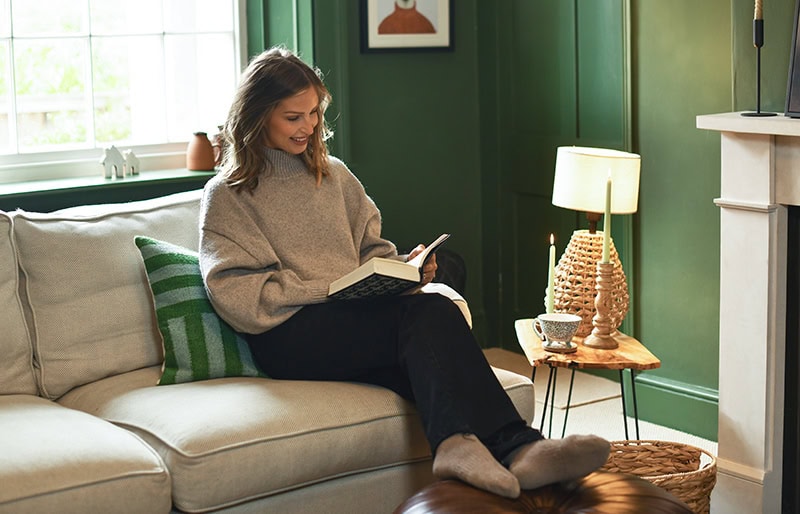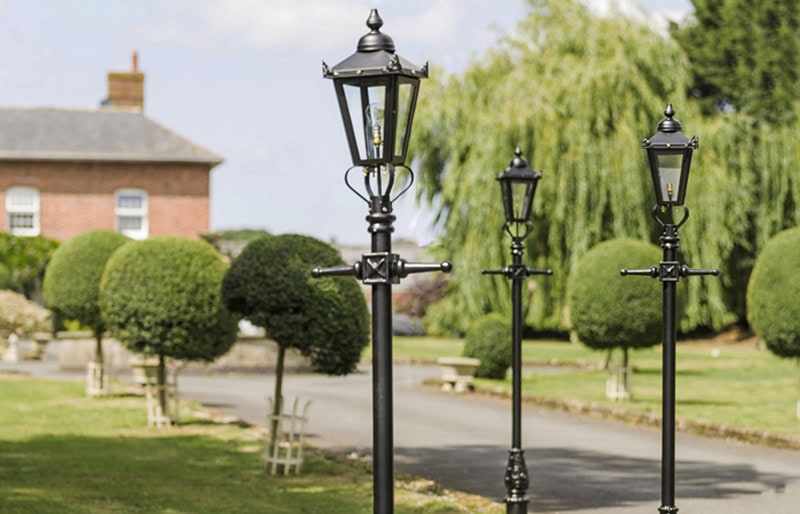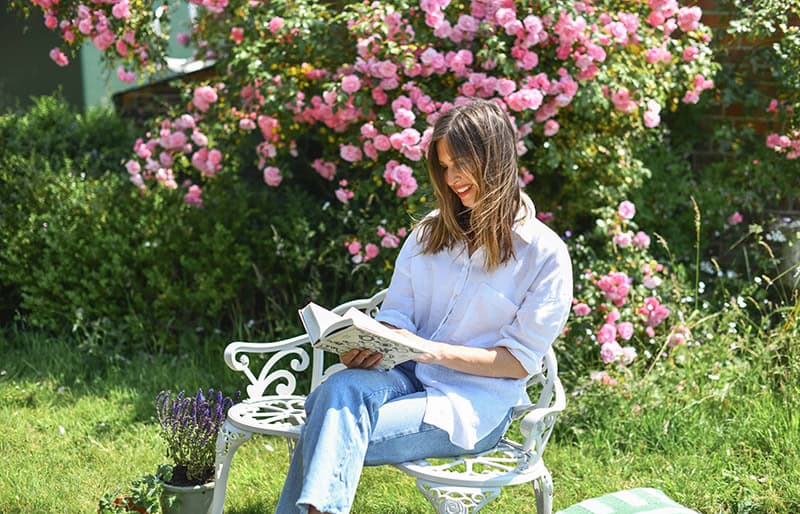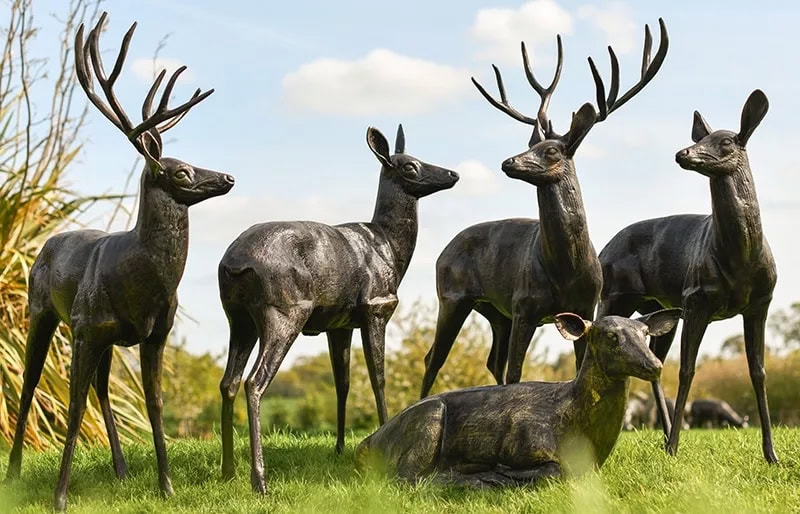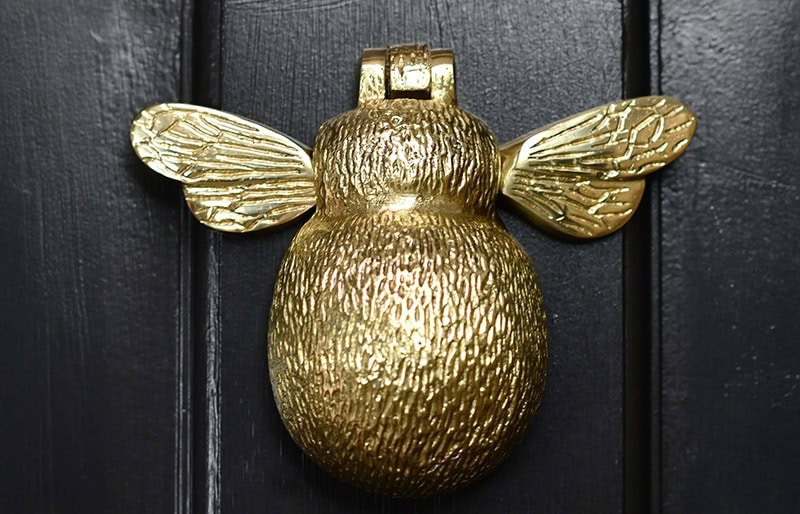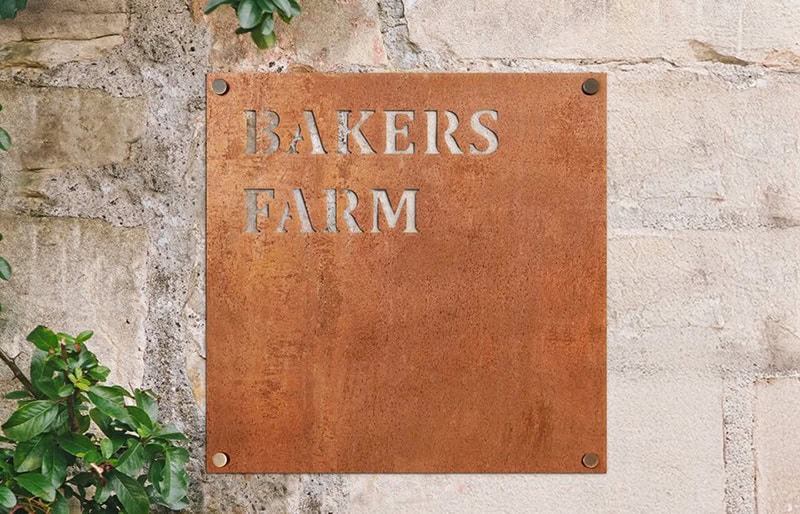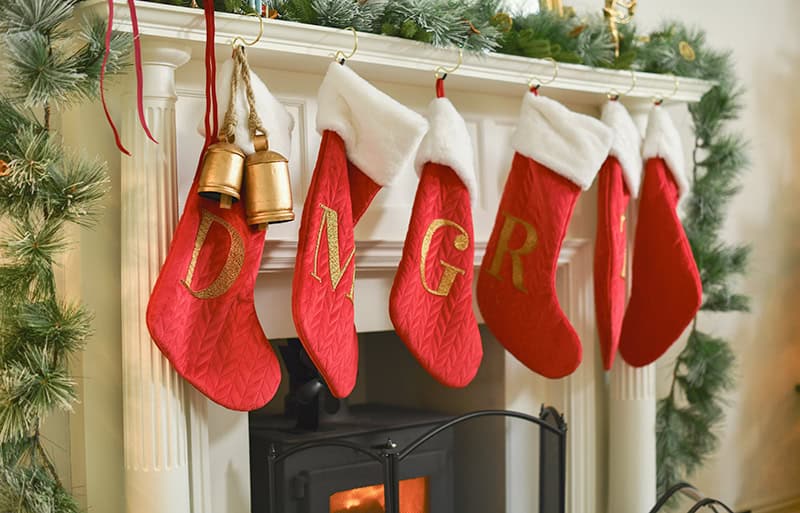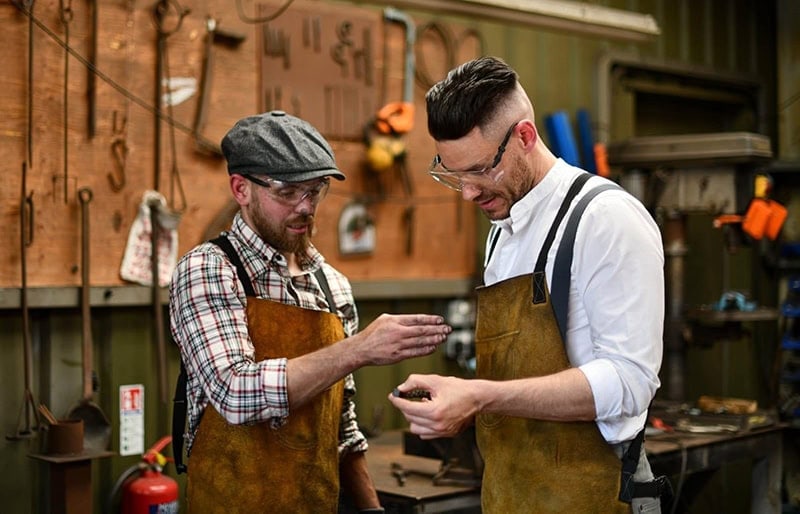
Designed to accentuate and be an extension of the home, the weathervane will add a touch of quirkiness and character to your roof, shed or cupola. Our carefully designed and crafted UK made weathervanes will offer something for all loves, tastes and interests, making our weathervanes the perfect gift. So whether you want the traditional rooster to fix to your shed, or a Mary Poppins inspired weathervane to fix to your roof apex, we have created this helpful frequently asked questions guide to help give you a understanding of the history, the meaning and a general overview of the weathervane, to ultimately provide you with all the information as to why you should have one.
Each of our weathervanes will require some assembly and comprehensive installation instructions can be found here. Crafted from a combination of steel and cast iron or solid copper, our weathervanes are for decorative purposes as they will not response in the same way as a wind measurement device or light sheet metal alternative would.
WHAT DOES A WEATHERVANE DO?
In short, a weathervane is an instrument that is used to show the direction of where wind is blowing from. One of the most common and simplest forms of weathervane instruments, the weathervane features a fletched arrow, which catches the wind and points the arrow aspect in the direction the wind is blowing from. Traditionally, the toppers of weathervanes are specifically designed to be thicker on the back than on the front, much like the wings of an airplane. This unique, aerodynamic shape allows the vane to spin freely in the wind. If placed and balanced correctly, the weathervane will spin freely on the axis. However, within a built-up area your weathervane may be subject to imbalance and inaccuracy as the direction, strength and consistency of wind could be affected by this obstruction.
WHY IS IT CALLED A WEATHERVANE?
The word weathervane, more importantly the word vane, can be traced back to the Old English word fane, which directly translates to banner or flag. It is thought that the word vane came to be used as the metal arms of modern weathervanes gradually replaced the simple cloth flags, which showed archers the direction of the wind during the medieval period.
WHERE WAS THE WEATHERVANE INVENTED AND BY WHOM?
The weathervane has had an interesting and colourful history, branching as far back as ancient Greece. The earliest known example of a weathervane depicted the Greek god Triton, son of Poseidon. Built by the astronomer Andronicus, it was fitted to the ‘Tower of the Winds’ at the ancient Greek Agora in Athens, 48 B.C. Other versions of weathervanes can be found littered throughout history. You would find ornate, solid bronze vanes fitted to the prows of Viking long ships in the 9th Century. From the 9th Century onwards a weathercock was fitted to the top of every church steeple in Christendom by order of Pope Nicholas I, the rooster or cockerel being a well-known symbol of Christianity.
It was the Victorians with their interest in all things classical and their use of materials such as black wrought iron that gave us the wind vane in the form we now recognise. Today, weathervane designs extend much further than just the traditional rooster option. Whether you’re looking for your favourite animal or a piece that highlights a hobby or profession, our collection of weathervanes will certainly have something to suit everyone.

WHY IS A ROOSTER ON A WEATHERVANE?
Following one of Bible history’s most iconic events, the Last Supper, it was predicted that St. Peter, one of Jesus’ disciples, would denounce him three times “before the rooster crowed” the following morning. It was through this that the humble rooster became known as the symbol of St. Peter to Christians all across the globe. However, it wasn’t until around 600 A.D that Pope Gregory I declared that the rooster, with its symbolism of Christ’s passion, was the most suitable emblem for Christianity. As such, the first cockerels began to appear on top of weathervanes, later being fitted to the top of every Christian church steeple.
WHERE DO YOU PUT A WEATHERVANE?
This is entirely up to you! All of our weathervanes, unless otherwise stated, come complete with a universal bracket which allows for vertical or horizontal fitting meaning you have lots of choice in finding the perfect spot for your weathervane. Typically placed on roofs or on walls, our weathervanes can be fitted to out-buildings, sheds, cupolas and can even be placed in the garden, free standing. Used mainly for decorative purposes, our weathervanes should be fitted to the highest point of the building, as any obstruction to the weathervane including trees or foliage, may affect the spin on the weathervane.
If you are wanting to fit your weathervane to an angled or ridged style roof, you will need a bracket extension in order to successfully install your design. We supply a range of bracket types and weathervane accessories here. Installing our weathervanes is fairly straightforward but, as with any installation job, we would recommend seeking the advice of a professional tradesperson if ever in doubt. For more information about how to install and position your weathervane, click here.
WHAT ARE WEATHERVANES MADE OF?
Historically, weathervanes were cast from heavy duty materials such as iron and bronze, but modern offerings tend to be made from much lighter materials such as aluminium and steel. Our traditional black weathervanes have each been made from a combination of cast iron and robust steel, and finished in a hardy black powder coat, or hand-painted. Additionally, our range of copper weathervanes have been crafted from polished sheet copper and finished in a lacquer to preserve the quality of the metal over time. However, as copper ages over time, it will develop a lovely verdigris patina. For more information on the aging process of copper click here.
For further information on how to preserve specific metals, please see our General Care & Maintenance page.

WHAT SIZE WEATHERVANE IS RIGHT FOR ME?
There is no definite answer to this question because there are so many variables including personal preference, desired location and budget. It is worth considering your location and its placement where it can be viewed best. We have created this handy size guide so you can choose the best one for you.
Standard Weathervanes:
For those who wish to install their weathervane directly onto house walls or larger outbuildings, the standard weathervane is ideal. Complete with universal mounting bracket for both horizontal and vertical installation, this standard weathervane comes in two sizes: standard and large. With the varied topper designs, total height will vary however the projection of base and arrow will remain the same. All weathervanes will be in the large version unless stated with '/S' at the end of the product code.
Standard:
Projection of Bracket: 24cm
Projection of Arrow: 39cm
Bracket Basse: 15cm x 12cm
Large:
Projection of Bracket: 40cm
Projection of Arrow: 56cm
Bracket Base: 15cm x 12cm
Miniature Weathervanes:
Ideal for placement on sheds, fence posts, small garages and small houses, each weathervane is a scaled down version of its full size equivalent.
Projection of Bracket: 18cm
Projection of Arrow: 29cm
Bracket Base: 15cm x 10cm
Free Standing Weathervanes:
Perfect for placement in grass, flowerbeds or cemented into position, the freestanding weathervane is ideal for rental properties or for those who do not want to drill into walls.
Height: 165cm
Width: 29cm

Pictured Left to Right: Standard Weathervane, Miniature Weathervane and Free Standing Weathervane
WILL A WEATHERVANE ATTRACT LIGHTING?
No, not necessarily. Many gables, sheds, barns and buildings containing metal have not been grounded against lighting, so a small piece of metal such as a weathervane shouldn’t cause any issues. When lightning strikes it is always looking for the ground, therefore your weathervane wouldn’t be its first choice if it were to strike near your home or property! However, if you are looking to protect your home against lighting, we would highly recommend seeking the advice of a professional tradesperson, who will be able to properly assess your property and install any necessary grounding equipment according to national regulations. We strongly advise against grounding just your weathervane, as this could cause lightning to strike your weathervane directly, potentially harming the rest of your property.
CAN YOU MAKE A CUSTOM BESPOKE WEATHERVANE?
Of course, we can! From idea to creation, we are there every step of the way. To find out more about our bespoke weathervane services, click here.

